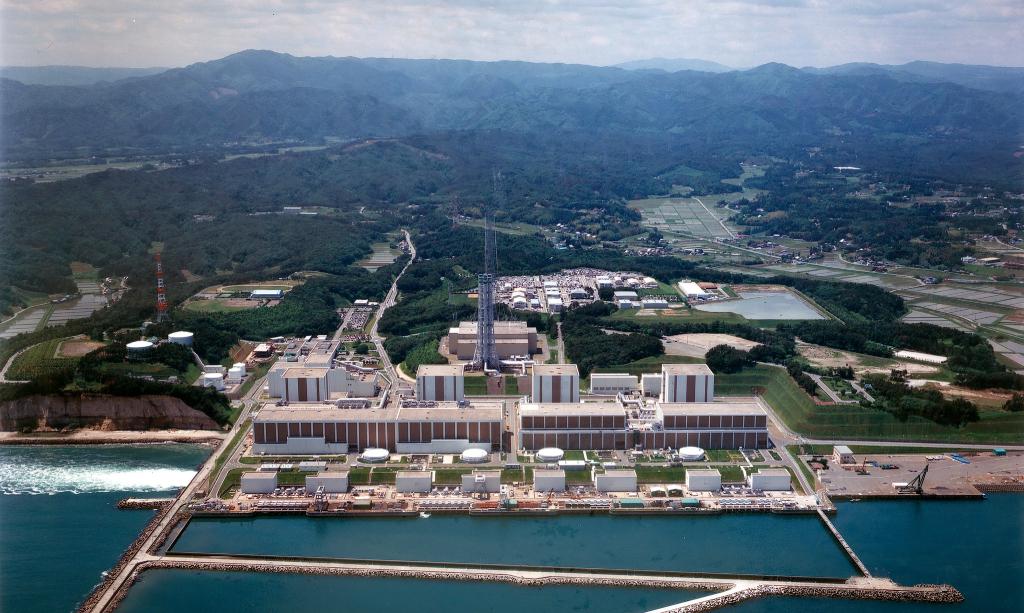On August 24, 2023, the Fukushima Daiichi Nuclear Power Plant in Japan made headlines once again as the Tokyo Electric Power Company (TEPCO) commenced the controlled release of treated radioactive water into the Pacific Ocean. This decision, met with global scrutiny, aimed to address the mounting concerns surrounding the storage of contaminated water from the 2011 nuclear disaster. Following the release and the initial tests conducted on the sea water in the region, the process has emerged as a remarkable success in terms of safety and its limited impact on both the marine environment and seafood.
The Controlled Release Process
The decision to release the treated radioactive water was not taken lightly. Extensive research, scientific assessments, and consultations were conducted to ensure that the discharge process would be safe and effective. Over the course of several years, TEPCO developed a sophisticated water treatment system to remove the majority of radioactive contaminants from the water, leaving only tritium, a radioactive isotope of hydrogen, at levels well below internationally accepted safety standards. This treated water was then gradually released into the Pacific Ocean, under careful monitoring and stringent regulatory oversight.
Stringent Testing and Monitoring
Prior to releasing any treated water, TEPCO conducted comprehensive tests to ensure that the water met the established safety criteria. Independent organizations and experts were involved in validating the results of these tests, ensuring transparency and accountability. Continuous monitoring of the marine environment was also implemented to track any changes in water quality, radiation levels, and the impact on marine life.
Minimal Impact on Sea Water
The initial tests following the water release have shown extremely promising results. Radiation levels in the released water were found to be well within permissible limits, and there has been no significant increase in radioactivity observed in the surrounding sea water. The tests conducted on marine life have also yielded reassuring outcomes. Seafood samples from the Fukushima region have shown negligible levels of radioactivity. This is a testament to the effectiveness of the water treatment process that TEPCO employed, which successfully removed or significantly reduced the vast majority of radioactive elements present in the water.
Lessons Learned and Moving Forward
The Fukushima water release has demonstrated that responsible decision-making, rigorous scientific analysis, and comprehensive monitoring can mitigate potential risks associated with nuclear incidents. The success of this process serves as an important example for future nuclear cleanup efforts worldwide. It also underscores the importance of ongoing transparency and communication with the public and international community, helping to build trust and ensure that accurate information is disseminated.
The controlled release of treated radioactive water from the Fukushima Daiichi Nuclear Power Plant has emerged as a triumph of safety and environmental responsibility. The rigorous testing, monitoring, and transparency demonstrated throughout the process have yielded positive outcomes for the marine ecosystem and seafood safety. While vigilance remains crucial, the Fukushima water release stands as a beacon of hope, illustrating that even in the aftermath of a nuclear disaster, science, technology, and cooperation can lead to solutions that safeguard both our environment and our well-being.




